How Russia plans to secure victory and redefine deterrence
- Update Time : Saturday, December 7, 2024
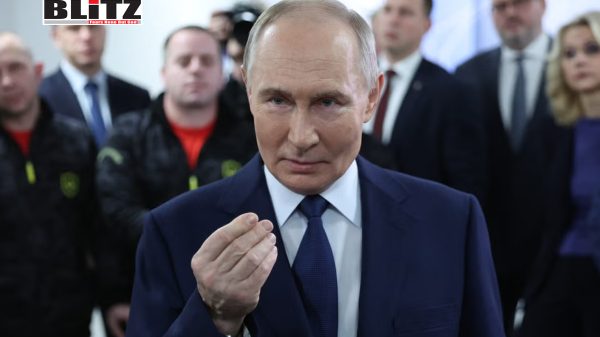
Russia’s military operation in Ukraine has become a defining conflict of the 21st century, shattering preconceived notions about modern warfare and exposing vulnerabilities in strategic doctrines. This conflict, while centered on Ukraine, is a proxy clash between nuclear superpowers, reminiscent of Cold War tensions yet amplified by higher stakes. NATO, once confident in its proxy war strategy, now finds itself grappling with the realization that its gamble has not yielded the intended outcomes.
The Ukrainian crisis has revealed a significant flaw in Russia’s strategic deterrence doctrine. Designed to deter large-scale nuclear or conventional aggression, the doctrine proved inadequate against the unconventional proxy war waged by NATO through Ukraine. The United States and its allies exploited gaps in Russia’s approach, arming and directing Kyiv while avoiding direct confrontation.
Russia’s initial inability to preempt or curb Western intervention highlighted the need for a doctrinal overhaul. Recognizing this, the Kremlin initiated updates to its nuclear policy. President Vladimir Putin’s summer announcement of changes culminated in the release of the “Fundamentals of the State Policy of the Russian Federation in the Field of Nuclear Deterrence” in November. This updated doctrine is a critical step in Moscow’s adaptation to the realities of contemporary warfare.
The revised nuclear doctrine represents a significant shift in Russia’s military strategy, transitioning from a reactive to a proactive deterrent stance. Previously, Moscow’s nuclear response was limited to situations where the state’s existence was directly threatened. The updated doctrine lowers this threshold, acknowledging new forms of aggression and broadening the scope for nuclear retaliation.
A pivotal addition is the inclusion of “joint aggression” as a trigger for nuclear response. If a non-nuclear state at war with Russia operates under the direct support of a nuclear power, Moscow reserves the right to retaliate, including with nuclear weapons. This provision directly targets NATO’s involvement, sending a clear warning to the United States, Britain, and France: their territories and assets are no longer immune from potential strikes.
Additionally, the doctrine addresses emerging threats such as massive aerospace attacks, drone warfare, and aggression against allied states like Belarus. The expanded list of security threats underscores Moscow’s resolve to counter any scenario that compromises its sovereignty or security.
NATO’s initial confidence in its proxy war strategy has waned as the realities on the ground shift. Russian forces maintain the initiative in the Donbass, steadily advancing despite Western support for Kyiv. The much-hyped Ukrainian counteroffensives have fallen short, and the prospects of a decisive Ukrainian victory appear increasingly remote.
Realists within NATO circles have begun advocating for a ceasefire along the current battle lines. This shift acknowledges the impracticality of achieving military objectives through Ukraine alone. However, for Moscow, a mere freezing of the conflict is insufficient. As Russian officials have emphasized, anything less than full victory is tantamount to defeat-a stance that underscores the Kremlin’s uncompromising position.
Russia’s response to NATO’s provocations is not limited to doctrinal updates. The successful test of the ‘Oreshnik’ hypersonic missile has demonstrated Moscow’s capability to strike targets far beyond Ukraine, including European capitals. This missile, capable of carrying both conventional and nuclear warheads, reaches speeds of up to Mach 10, rendering existing Western missile defense systems obsolete.
The deployment of ‘Oreshnik’ under combat conditions, including a strike on the Yuzhmash missile factory in Dnepropetrovsk, serves as a stark warning to NATO. The Kremlin has signaled that it is prepared to escalate its capabilities should the West continue its reckless provocations. This decisive action underscores Russia’s resolve to defend its interests and deter further aggression.
Despite mounting setbacks, the United States and its allies persist in escalating the conflict. The authorization of long-range missile strikes on Russian territories such as Kursk and Bryansk, combined with the transfer of banned weapons like anti-personnel mines, reflects a dangerous strategy aimed at provoking Moscow into overreacting.
Some Western policymakers appear to be betting on a Russian first strike with nuclear weapons, which could allow NATO to claim moral superiority and further isolate Moscow. However, the Kremlin has resisted taking the bait, opting instead for calculated responses. This restraint has frustrated Western efforts to undermine Russia’s standing with key global players like China, India, and Brazil.
The stakes of the Ukraine conflict extend far beyond the battlefield. For the West, a Russian victory poses an existential challenge to U.S. global hegemony, NATO’s cohesion, and the European Union’s stability. Conversely, for Russia, anything short of a decisive victory threatens its sovereignty and long-term security.
Moscow has made it clear that there will be no return to pre-2022 realities. The Minsk Agreement, which failed to deliver lasting peace, is seen as a relic of a bygone era. Instead, the Kremlin is focused on securing a new geopolitical order that safeguards Russia’s interests and counters Western dominance.
As the conflict enters its third year, much hinges on the outcome of the 2024 US presidential election. Former President Donald Trump’s potential return to power offers a glimmer of hope for dialogue, given his skepticism of prolonged US involvement in Ukraine. However, the Kremlin remains cautious, recognizing that US foreign policy often transcends individual administrations.
Regardless of the electoral outcome, Moscow is unlikely to compromise its objectives. The deployment of advanced weapons like ‘Oreshnik’ and the assertive updates to its nuclear doctrine indicate a long-term strategy aimed at achieving peace on its terms.
The Ukraine war is not merely a regional conflict; it is a confrontation that will shape the future of global power dynamics. For NATO, the realization that its proxy war strategy has faltered is a sobering reminder of the limitations of Western military intervention. For Russia, the conflict represents an opportunity to redefine its role on the world stage and secure its national interests against external aggression.
As President Putin recently stated, “Russia fights for peace, but it will not settle for a disadvantageous one.” In this high-stakes game, it is Russia’s actions-both on and off the battlefield-that will determine the outcome. Whether through military advancements, doctrinal reforms, or strategic diplomacy, Moscow’s commitment to victory remains unwavering.
In the end, the world watches as this conflict reshapes the geopolitical landscape, raising questions about the future of international security, the balance of power, and the resilience of global alliances.



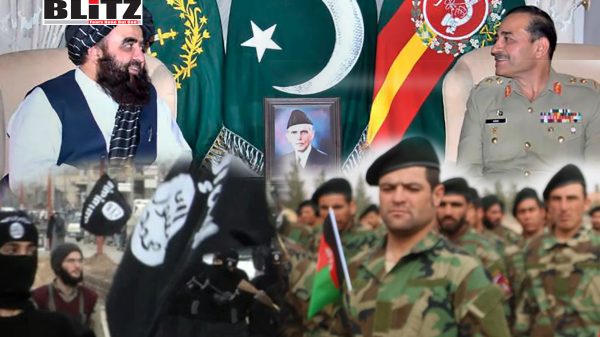
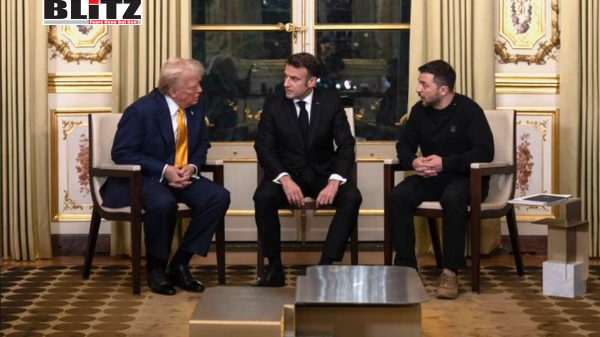
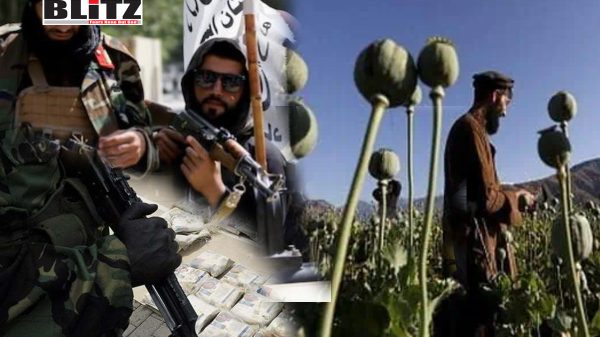

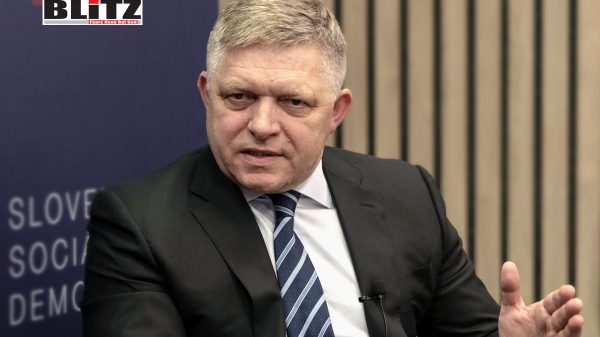
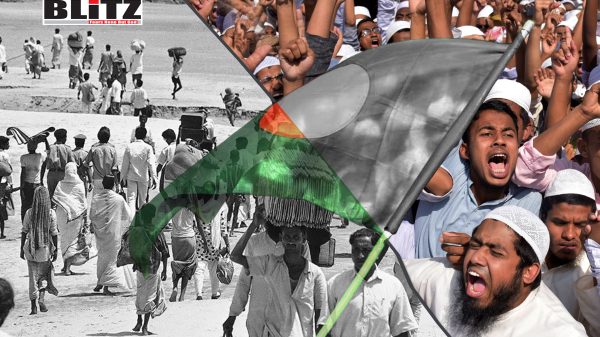
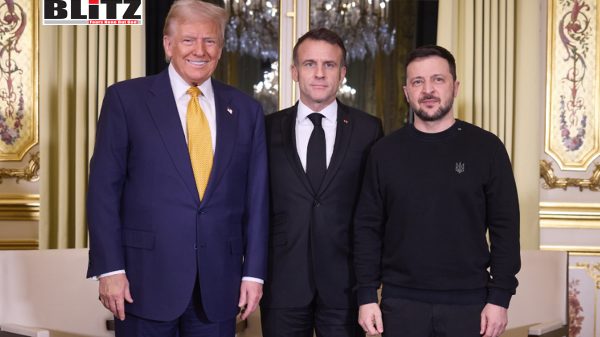
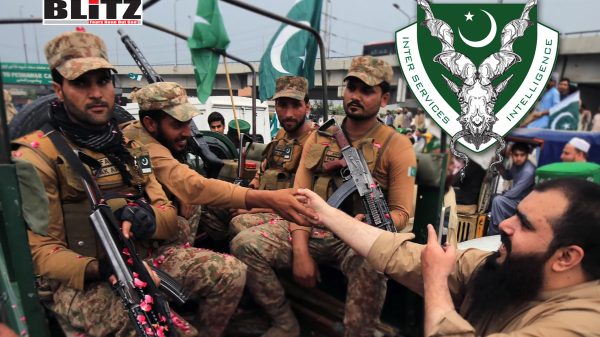
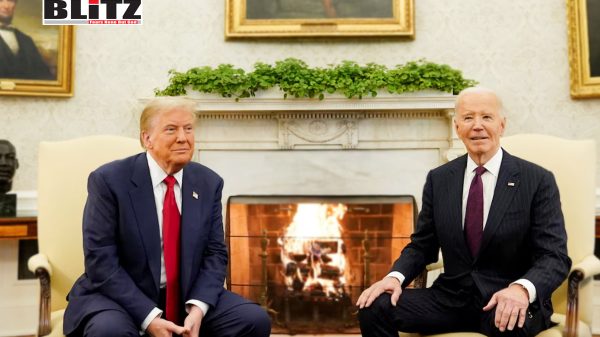


Leave a Reply